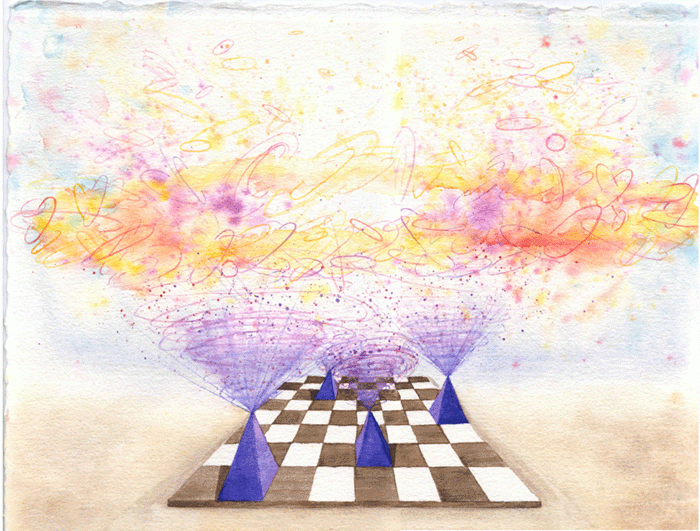@deaf__tv
By aaxinnNovember 16, 2017 - 11:38

While I was exploring the website of Galladet University, I found myself on their instagram page. I was looking at a particular photo featuring a student covered in face paint that was posted on Haloween, when my attention was immediatley captured by the username of a commenter. The username was @deaf__tv. Naturally, I clicked on the user and started scrolling through the feed. From first glance I noticed that @deaf__tv is an account with over 18,000 followers and 400 posts. After clicking on a few posts I learned that @deaf__tv posts short clips of people signing. Some of the clips feature only one person signing in a monolouge while other display conservations between two or more people signing back and forth.









